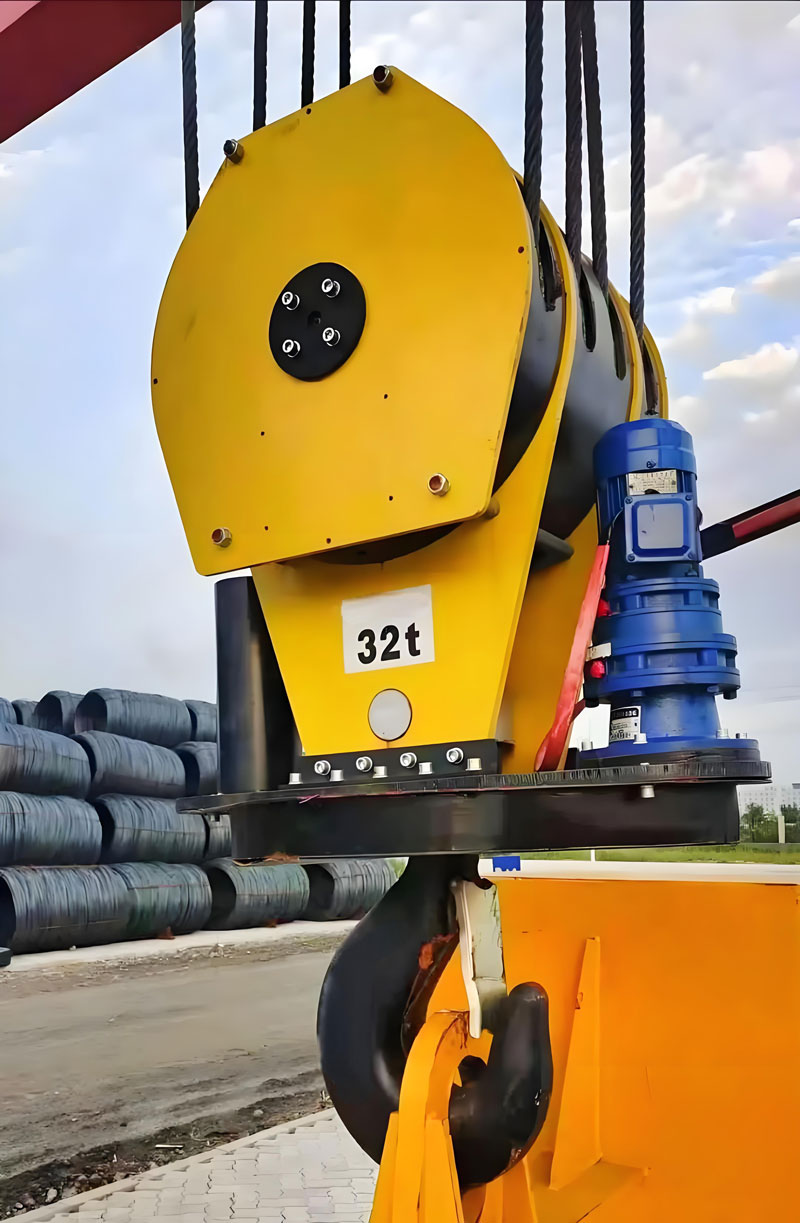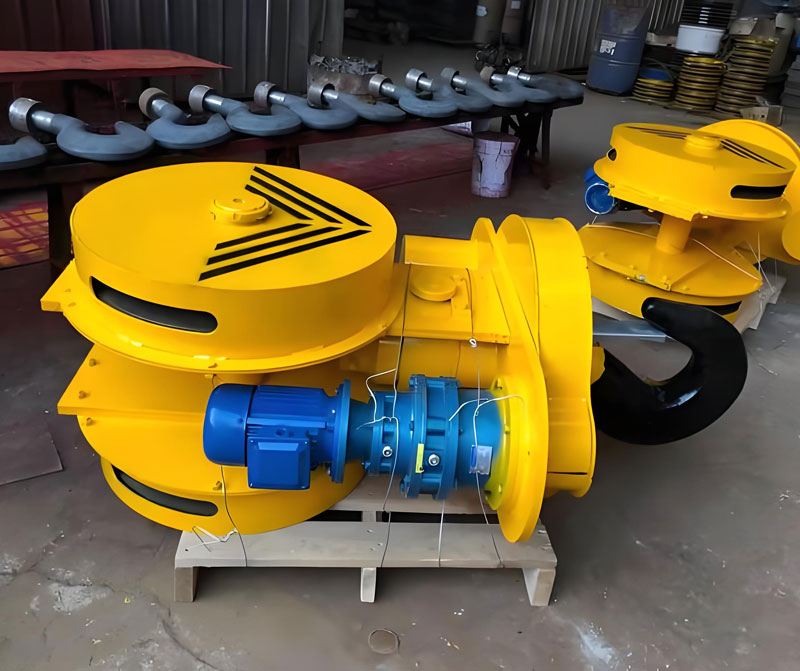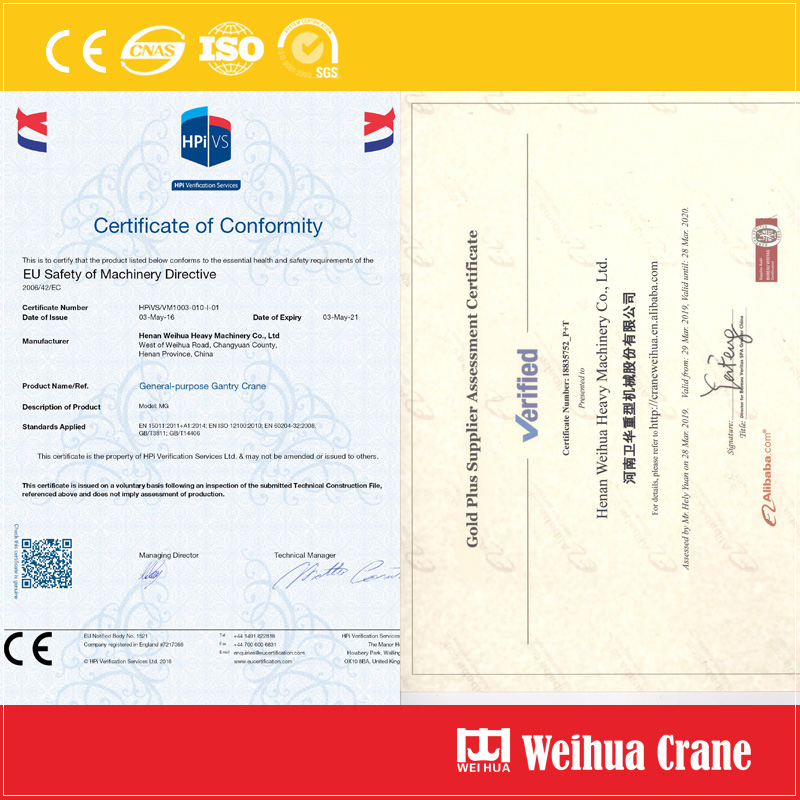No mundo dos guindastes, guinchos, e aparelhamento, terminologia é crucial. Usar os termos corretos garante uma comunicação clara, aumenta a segurança, e garante que o equipamento certo seja selecionado para o trabalho. Dois termos que são frequentemente usados de forma intercambiável, mas que representam componentes fundamentalmente diferentes, são o gancho de guindaste e bloco.
Embora ambos sejam essenciais para conectar a carga ao dispositivo de elevação, compreender suas funções distintas é fundamental para qualquer pessoa envolvida em operações de elevação. Vamos analisar as diferenças.

Pense na montagem do gancho como o elemento essencial, ligação direta entre o dispositivo de elevação e a carga. É uma unidade relativamente simples que consiste em um gancho, uma trava (trava de segurança), e uma porca ou manilha para fixação.
Um conjunto de gancho é normalmente encontrado na extremidade da corrente ou cabo de aço de uma talha. É o que o rigger manipula diretamente ao se conectar a uma carga. Sua capacidade é definida pelo limite de carga de trabalho (Wll) do próprio gancho.

Um bloco de gancho (ou bloco de polia) é um sistema mais complexo que incorpora uma ou mais roldanas (rodas ranhuradas) dentro de um quadro. O gancho em si é apenas um componente desta montagem maior.
Você encontrará blocos de gancho em guindastes e sistemas de elevação mais complexos. Eles normalmente não são usados em talhas de corrente simples. O bloco é conectado à máquina hospedeira por seu cabo de aço, que é enfiado nas roldanas em um padrão específico.

| Recurso | Conjunto de gancho | Bloco de gancho |
| Complexidade | Um simples, unidade única. | Uma montagem complexa com múltiplas peças móveis. |
| Finalidade Primária | Conexão direta com a carga. | Fornecendo vantagem mecânica e corda de reeving. |
| Componentes Principais | Gancho, trava, giratório, noz. | Polias, placas laterais, munhão, gancho. |
| Vantagem Mecânica | Não fornece nenhum. | Fornece vantagem mecânica (Por exemplo, 2:1, 4:1, 6:1). |
| Aplicativos comuns | Talhas elétricas de corrente, guinchos de alavanca, fim de uma corda. | Guindastes móveis, pontes rolantes, guinchos. |
| Identificador Visual | Parece um gancho independente. | Parece uma estrutura de metal com rodas e um gancho. |
Uma analogia útil é pensar em um carro:

Embora ambos sejam indispensáveis no manuseio de materiais, um conjunto de gancho é um ponto de terminação, e um bloco de gancho é um sistema mecânico.
Na próxima vez que você entrar em um local de trabalho, reserve um momento para identificar esses componentes. Reconhecer a diferença é marca de um profissional experiente e é fundamental para planejar e executar com segurança, elevadores eficientes. Lembre-se sempre de inspecionar cuidadosamente ambos os tipos de equipamento antes de usá-los e nunca exceder os limites de carga nominal de trabalho..


Valorizamos seu feedback! Preencha o formulário abaixo para que possamos adaptar nossos serviços às suas necessidades específicas.


Clique no botão para obter informações e citações do produto no WhatsApp.
Obtenha cotação
Últimos comentários